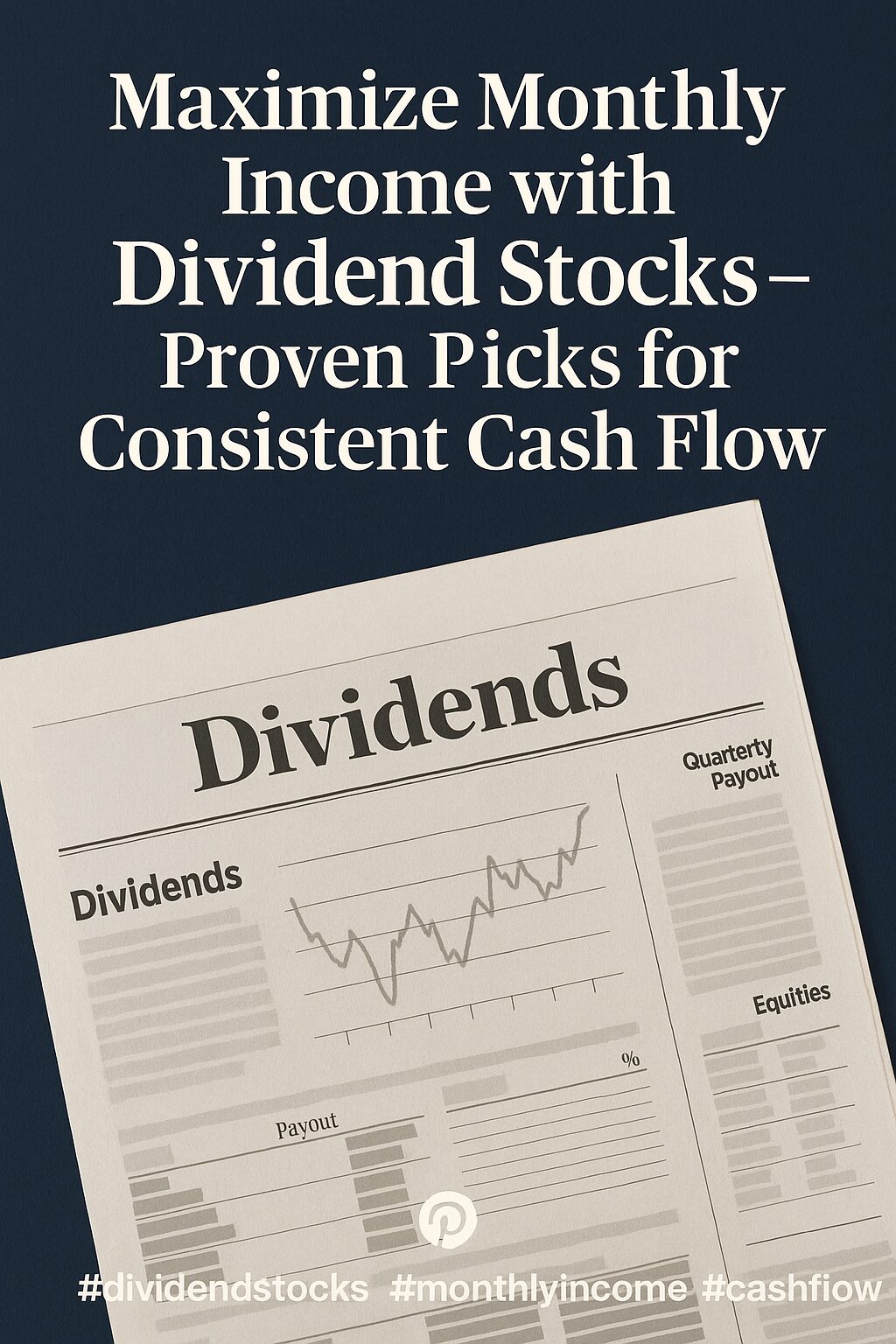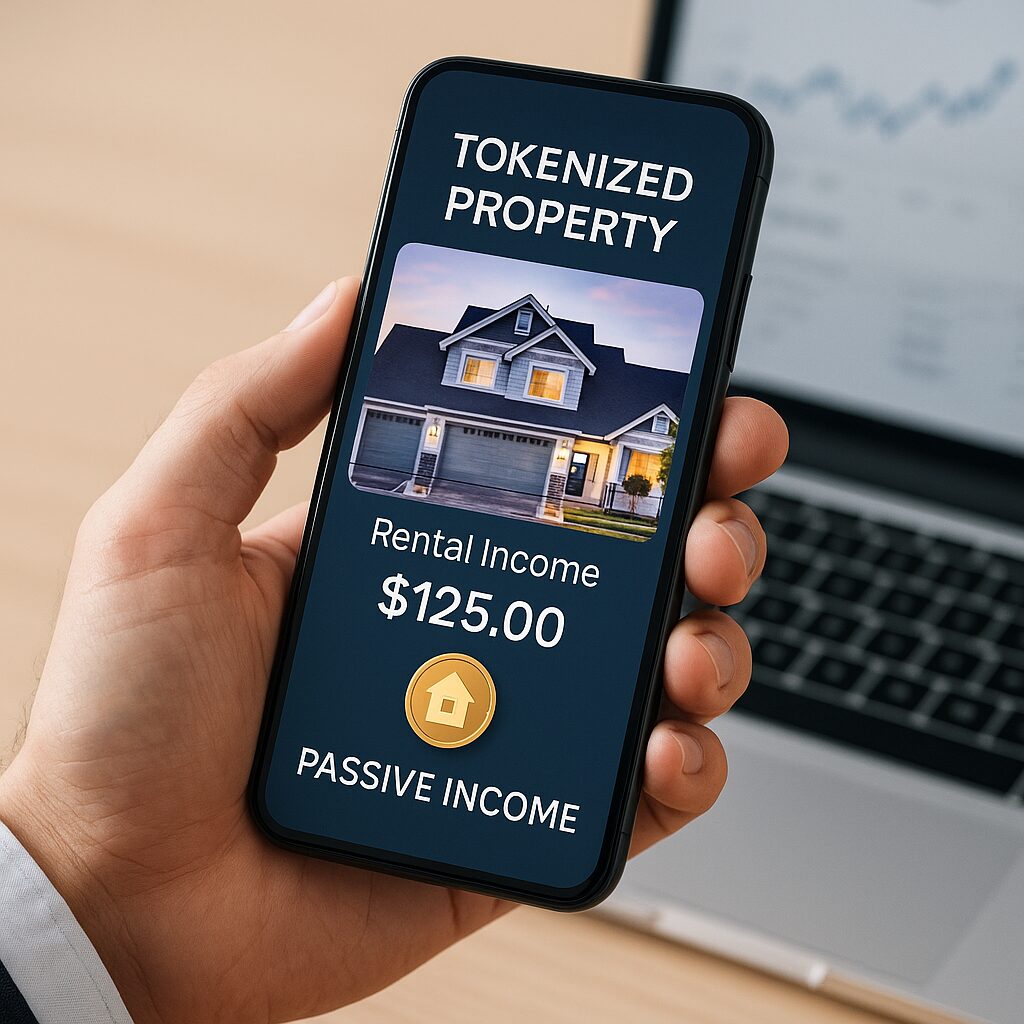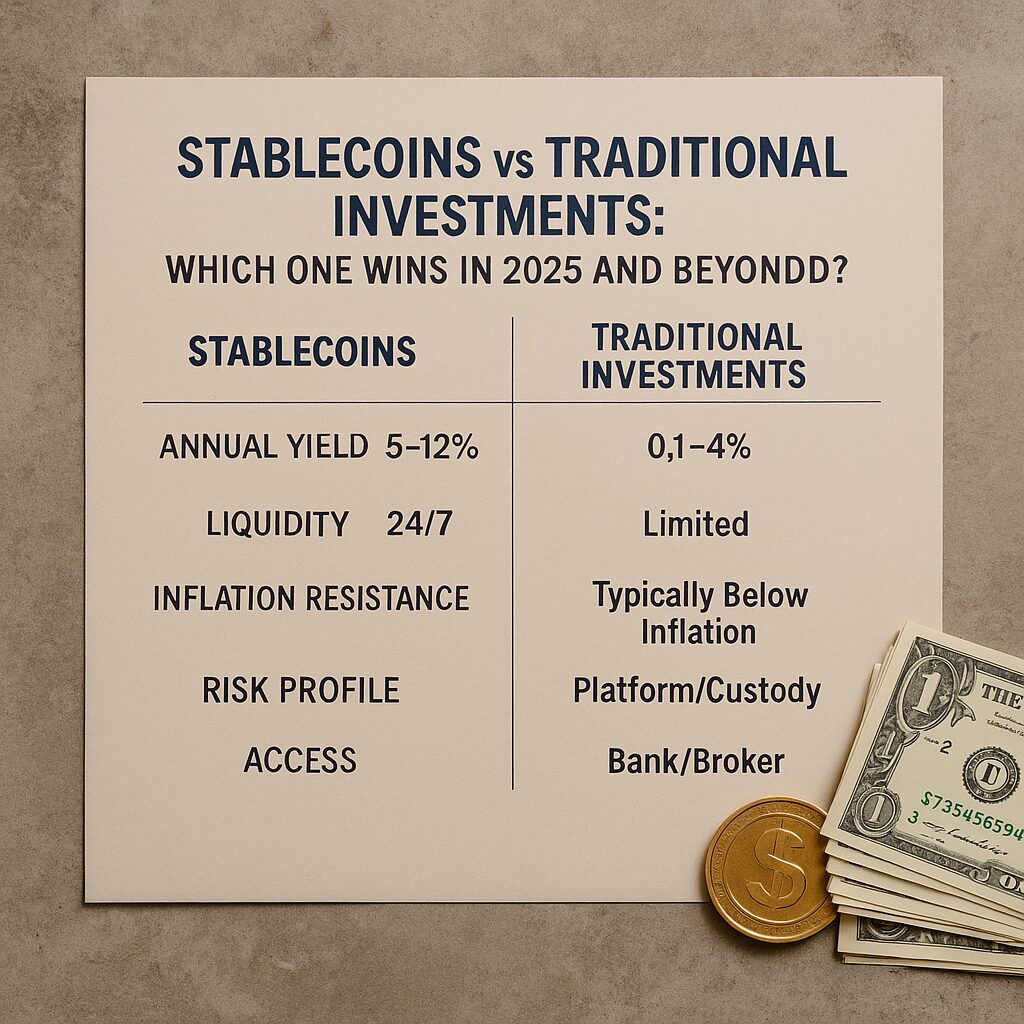Why Monthly Dividend Income Is a Game Changer
Most investors wait months to see the returns from their portfolios. But monthly dividend stocks offer something much better — consistent cash flow that aligns with your living expenses. Whether you’re aiming to pay rent, cover your bills, or reinvest intelligently, building a monthly income stream is one of the most practical and sustainable strategies in long-term investing.
Unlike quarterly or annual dividends, monthly payouts give you flexibility and visibility. That’s especially useful for early retirees, digital nomads, and side hustlers who want stable income without selling assets.
What to Look for in Monthly Dividend Stocks
Not all dividend stocks are created equal. To build a portfolio that pays you reliably each month, focus on:
- Dividend Stability: Look for companies with 5+ years of uninterrupted payments.
- Reasonable Payout Ratios: A ratio under 75% is often sustainable.
- Sector Strength: REITs, BDCs, and utilities often lead in this category.
- Market Resilience: Stocks that held steady during downturns are your friends.
- DRIP Compatibility: Some platforms and brokerages allow automatic reinvestment, which boosts compounding.
Monthly dividend payers like Realty Income (O) or Main Street Capital (MAIN) are classic examples. But there’s a growing number of ETFs and international stocks offering strong monthly returns with less volatility.
Top Monthly Dividend Stocks That Deliver
Let’s break down a few solid performers known for consistent monthly payouts:
Realty Income (O)
- Yield: ~5%
- Sector: Commercial Real Estate
- Known as the “Monthly Dividend Company”, with over 50 years of consecutive payouts.
STAG Industrial (STAG)
- Yield: ~4.2%
- Sector: Industrial REIT
- Diversified across U.S. logistics and warehousing — growing demand with e-commerce.
Main Street Capital (MAIN)
- Yield: ~6%
- Sector: Business Development Company (BDC)
- Focused on supporting U.S. small businesses with steady revenue streams.
Global X SuperDividend ETF (SDIV)
- Yield: 9%+
- Sector: Global diversified dividend stocks
- High yield but with increased risk — best used as a small portion of your portfolio.
How to Build a Monthly Income Portfolio
Here’s how you can assemble a dividend machine that pays you every single month:
- Mix Payout Dates: Choose companies with staggered payout calendars so you’re never missing a month.
- Diversify Across Sectors: REITs, utilities, ETFs, and BDCs reduce dependency on one sector.
- Reinvest or Withdraw: For long-term compounding, use DRIP. For spending, withdraw only from reliable payers.
- Track with a Calendar: Create a spreadsheet or use a dividend tracker app to visualize income flow.
Example:
If you own 3 dividend stocks paying in Jan/Apr/Jul/Oct, and 3 others in Feb/May/Aug/Nov, you’re already covered for 8 months. Add a few more for March, June, September, and December — and you’ve built a complete laddered income plan.
Risk & Tax Considerations
- Watch for Yield Traps: Very high yields often signal financial distress.
- Understand Withholding Tax: International stocks might reduce net income unless held in tax-advantaged accounts.
- Check Dividend History: A company that cuts dividends during recessions is not reliable for long-term income.
Reinvestment vs. Passive Income — Which Is Better?
If your goal is to grow wealth, reinvest every penny using DRIP. But if you’re at the harvest phase (e.g., early retirement), withdrawing 3–4% from your dividend portfolio is typically sustainable if the income is consistent.
Some investors use a hybrid model: reinvest part, spend part. That way, your capital still grows while supporting your lifestyle.
Conclusion: Turn Your Portfolio Into a Monthly Cash Flow Machine
Dividend income is not a get-rich-quick method. But it’s one of the most powerful ways to build reliable income over time. With the right monthly-paying dividend stocks, you can create a portfolio that supports your lifestyle, scales with inflation, and compounds quietly in the background.
Whether you’re looking for $300/month as a side hustle or $3,000/month as a full retirement strategy, dividend investing gives you a roadmap — and it starts with picking the right stocks.
→ Learn the reinvestment techniques that turn $100/month into a serious income stream.


